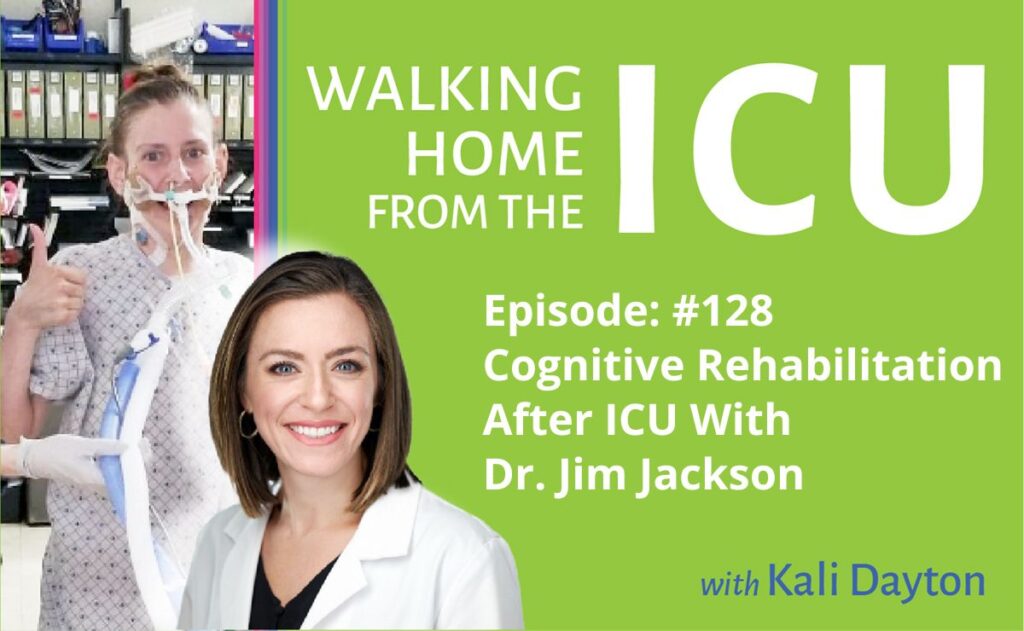
Walking Home From The ICU Episode 131: Occupational Therapists as Leaders In the ICU
When Brenna’s ICU set out to become an “Awake and Walking ICU”, Brenna, OTR/L, accepted the challenge. She shares with us her journey to leading her team to have the skills and culture to optimize mobility during critical illness. Episode Transcription Kali Dayton 0:13 A few years ago, I spoke at a conference and I





